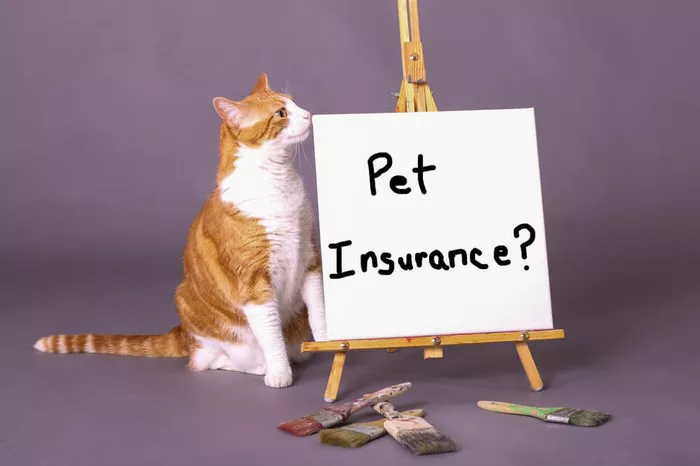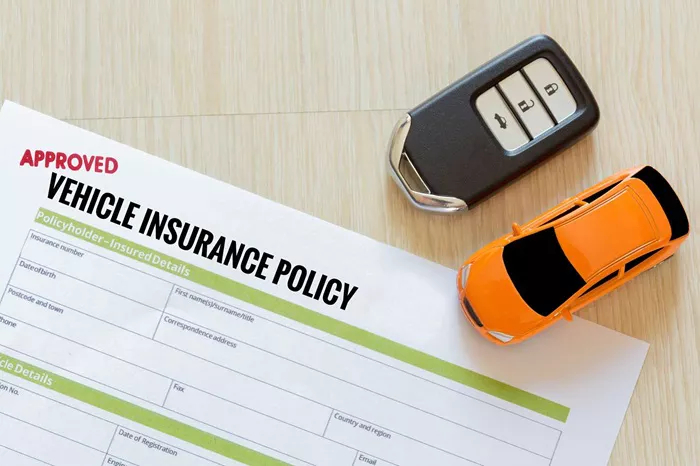Pet insurance is a smart way to safeguard your furry friend against unexpected health expenses. With the increasing costs of veterinary care, it’s becoming more and more important for pet owners to consider how to protect their pets from the financial burden of illnesses or accidents. But how do you know what to look for when choosing the best pet insurance? The options can be overwhelming, but understanding the essential aspects can help you make an informed decision.
In this article, we’ll guide you through the key factors to consider when selecting pet insurance, helping you ensure that your pet receives the best care without breaking the bank.
Why Do You Need Pet Insurance?
When you bring a pet into your home, you commit to providing for their health and well-being. However, just like humans, pets can face unexpected medical issues. Whether it’s an emergency surgery, chronic illness, or a sudden injury, veterinary bills can quickly accumulate, often becoming prohibitively expensive.
Pet insurance helps to manage these costs by covering a portion of the medical expenses, giving you peace of mind knowing that you won’t have to choose between your pet’s health and your finances. It allows you to focus on your pet’s recovery instead of worrying about how you’ll pay for treatment.
What Are the Different Types of Pet Insurance?
Before diving into the specifics of what to look for, it’s essential to understand the various types of pet insurance available. Here are the most common:
1. Accident-Only Coverage
This is the most basic type of pet insurance. It covers only injuries resulting from accidents, such as broken bones, cuts, or sprains. If your pet is generally healthy and only prone to occasional accidents, this type of policy may be sufficient.
2. Accident and Illness Coverage
This is a more comprehensive policy that covers both accidents and illnesses. It’s suitable for most pets, as it provides protection against a wide range of conditions, from accidents to serious illnesses like cancer or diabetes.
3. Comprehensive Coverage
Comprehensive coverage typically includes accident and illness coverage, but it may also offer additional benefits like routine care (vaccinations, flea control, annual check-ups), wellness exams, and coverage for hereditary or breed-specific conditions. This is often the most comprehensive plan, but it comes at a higher price.
4. Wellness Coverage
Wellness coverage is typically sold as an add-on to accident and illness policies. It covers routine check-ups, vaccinations, spaying/neutering, and other preventive care that helps maintain your pet’s overall health.
5. Exotic Pet Insurance
If you have an exotic pet, such as a bird, reptile, or small mammal, you may need specialized insurance that caters to their specific medical needs. Not all insurers offer coverage for exotic pets, so be sure to check.
What Are the Key Factors to Consider?
When choosing a pet insurance policy, there are several factors you need to evaluate. These will help you determine which policy is the best fit for your pet’s needs and your financial situation.
1. What Does the Policy Cover?
The most important aspect of any insurance policy is understanding exactly what’s covered. Policies vary in terms of the illnesses, injuries, and treatments they will pay for. Make sure the policy covers:
Accidents: Injuries from accidents are one of the most common reasons for pet insurance claims. Check that the policy covers various types of accidents.
Illnesses: Conditions like cancer, diabetes, or infections should be covered. Some policies may have exclusions for pre-existing conditions.
Surgery and Hospitalization: Ensure that surgery and hospitalization costs are covered in the event your pet requires emergency medical care.
Medication: Some policies cover prescription medications necessary for your pet’s recovery.
Specialist Care: Check whether the insurance covers care from specialists, as certain conditions may require treatment from a veterinary specialist.
2. What Are the Policy Exclusions?
Not all pet insurance policies are the same, and it’s crucial to be aware of exclusions. Common exclusions include:
Pre-existing conditions: Most policies won’t cover medical issues that your pet had before the policy began. If your pet has a known condition, check if it is eligible for coverage or if waiting periods apply.
Breed-specific conditions: Some policies may exclude breed-related diseases or conditions. If you have a purebred pet, research whether the insurance covers breed-specific ailments.
Cosmetic Procedures: Cosmetic surgeries, like declawing or tail docking, are often not covered by pet insurance.
Routine Care: Some policies exclude routine wellness visits, like vaccinations and flea treatments, unless you specifically opt for a wellness add-on.
3. What Are the Costs?
Understanding the cost of a pet insurance policy is critical to making an informed decision. Pet insurance premiums vary based on factors such as:
Pet’s Age: Older pets are generally more expensive to insure due to their increased likelihood of needing medical care.
Breed: Certain breeds are predisposed to specific health issues, making them more expensive to insure.
Location: Veterinary care costs can differ by location, so your insurance premium may vary depending on where you live.
Coverage Level: Comprehensive policies that cover more treatments or add-ons will typically have higher premiums than basic accident-only coverage.
While the cost is an essential factor, don’t make your decision based solely on price. Cheaper policies may not provide the coverage you need in the long run.
4. What Is the Deductible and Reimbursement Rate?
A deductible is the amount you’ll need to pay out-of-pocket before the insurance coverage kicks in. Policies may have different deductible options, so it’s essential to choose one that fits your budget.
Additionally, insurance companies reimburse you based on a certain percentage of the total bill. Typically, reimbursement ranges from 70% to 90%. Be sure to verify the reimbursement rate and how it applies to various treatments.
5. Is There a Waiting Period?
Most pet insurance policies have a waiting period before coverage begins. For example, accidents might be covered immediately, but illnesses could have a waiting period of several days or weeks. It’s important to know these waiting periods before an emergency arises.
6. How Does the Claims Process Work?
The claims process varies among insurance providers, and it’s essential to understand how it works before you sign up. Some companies pay the vet directly, while others require you to pay upfront and submit a claim for reimbursement.
Check if the insurer has a straightforward claims process, and look for reviews that mention how quickly claims are handled. The last thing you want is a lengthy wait for reimbursement when your pet needs urgent care.
7. Are There Any Limits to the Coverage?
Policies may have limits on how much they will pay per condition, per year, or over the lifetime of your pet. These limits can significantly impact the effectiveness of your insurance plan.
Annual Limits: Some policies have a cap on how much they’ll pay for care in a single year.
Lifetime Limits: This is the maximum amount the insurance will cover over the course of your pet’s life.
Per-Condition Limits: Certain policies have limits for specific conditions, such as cancer treatment.
Ensure the limits are high enough to cover any potential medical needs your pet might face.
8. How Flexible Is the Policy?
As pets grow older or develop new health conditions, your insurance needs may change. Some policies allow you to adjust your coverage level as your pet’s needs evolve, while others may restrict you once your pet reaches a certain age. It’s essential to choose a provider that offers flexibility in case you need to modify the policy later.
9. How Good Is the Customer Service?
Excellent customer service is crucial when dealing with pet insurance. You’ll want to know that the company is responsive, helpful, and reliable when it comes to handling claims or answering questions. Research customer reviews to get an idea of the company’s reputation in terms of service.
How Can You Find the Best Pet Insurance?
Now that you understand the factors to consider, here are some tips to help you find the best pet insurance for your furry friend:
Research Different Providers: Compare multiple insurance companies to find the best coverage at an affordable price. Many providers allow you to get quotes online to help you make a decision.
Read the Fine Print: Always read the terms and conditions to ensure you fully understand what is and isn’t covered.
Talk to Your Veterinarian: Your vet can offer recommendations on the best pet insurance providers based on their experience and knowledge of your pet’s health needs.
Consider the Long-Term: Pet insurance is a long-term commitment, so think about your pet’s future medical needs when choosing a policy.
Conclusion
Choosing the right pet insurance requires thoughtful consideration of various factors. Make sure the policy covers your pet’s medical needs, fits within your budget, and offers the flexibility to adapt to future health changes. By doing your research and evaluating the key factors, you can ensure your pet receives the care they deserve without putting your finances at risk.
Related topic:
What Type of Dog Insurance Should I Get for My Pet?

















